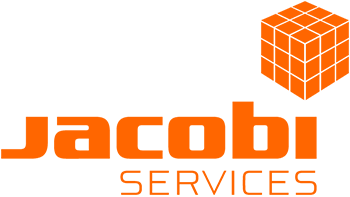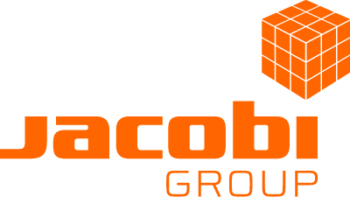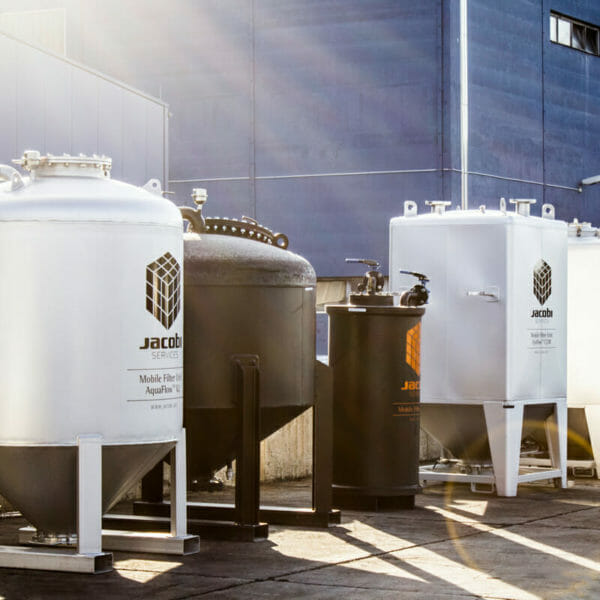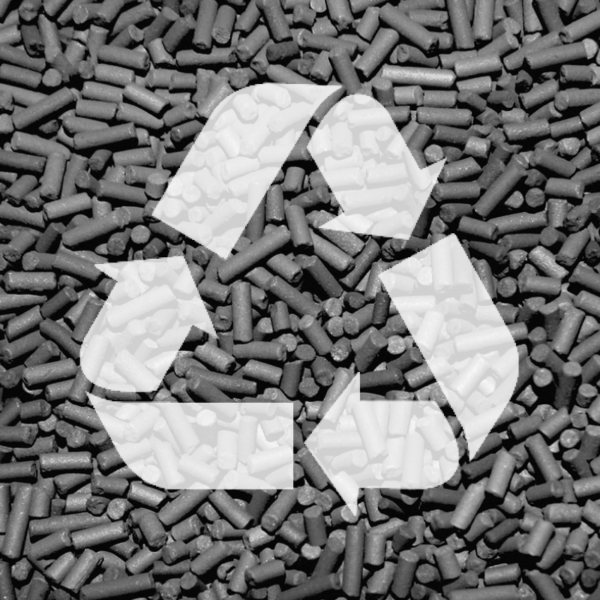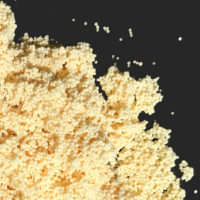Fish and sea mammals are at the top of the food chain in the marine world. They will accumulate carcinogenic Persistent Organic Pollutants (POP) such as dioxins, furans, polychlorinated biphenyls (PCB), pesticides and herbicides, that are a present as a result of human activity. The contamination of the fish oil is strongly dependant on the level of pollution of the water and the age of the fish.
Cod liver oil, for example, is a source for healthy poly unsaturated fatty acids (PUFA-Omega 3 for functional foods). When the cod originates from the North Sea, it can contain traces of dioxins/furans, PCB, flame retardants, PAH etc. as these pollutants accumulate in the liver of the fish during its life.
The use of activated carbon for the purification of fish oils has become increasingly important over the years due to more stringent quality standards and higher contamination levels of certain pollutants.
Different powder activated carbons are used to remove the Persistent Organic Pollutants (POP).
POP removal is also achieved with granular activated carbon (GAC) using a multistage adsorption system that guarantees safe and efficient removal. Some granular activated carbon users have installed fixed bed adsorbers while others are using mobile adsorbers.
The use of granular activated carbon compared to powder activated carbon will result in several advantages, including:
- A reduction in the level of activated carbon consumption specifically granular activated carbon (GAC) is usually less than 30% of the powdered activated carbon (PAC) consumption)
- Granular activated carbon (GAC) loading is higher compared to powdered activated carbon (PAC)
- No activated carbon overdosing by operators to avoid off spec products
- Granular activated carbon (GAC) deals better with process fluctuations.
- Lower product (fish oil) losses
- Lower carbon consumption means lower volume of pores containing product that is lost from the system
- Sustainability
- Lower granular activated carbon (GAC) consumption leads to lower CO₂ emissions during its production when compared to powdered activated carbon (PAC)
- Lower handling costs
- Lower maintenance costs
FISH OIL: MOBILE FILTERS
AquaFlow™
The AquaFlow™ V2 mobile adsorbers are designed and built for use in the purification of fish oil. The filtration unit is a combined transport vessel and adsorption system delivered, prefilled with selected adsorbent media, to ensure cost effective purification results. The granular activated carbon arrives in a closed container ready for use and the plant operators do not come into contact with the either fresh or saturated product.
FISH OIL: SOLUTIONS
Auxiliary equipment and additional services
In addition to mobile filters and different media, Jacobi Services also offers various items of auxiliary equipment and additional services, including:
A series of removable insulation jackets with electrical heat tracing to maintain the temperature and to protect operators when the AquaFlow™ mobile filters are operated at higher temperature.
Isotherm testing with the user in order to compare the powdered activated carbon with granular activated carbon.
Recycling, Energy Recovery or Disposal Services
Used or spent activated carbon and other media with a high calorific content that cannot be recycled by thermal reactivation can be used in cement kilns or incinerator plants for energy recovery. Jacobi Services can assist in the development of an ecologically sensitive, yet cost effective, method of managing the end-of-life processing of the media.
FISH OIL: PRODUCTS
ColorSorb™ 620
ColorSorb™ 620 is a granular activated carbon, that is effective for decolourising a wide range of liquids, including foodstuffs and industrial process streams. The high mesoporosity of the product allows the effective removal of colour bodies and complex organic molecules. The product meets the requirements of the Food Chemical Codex. This product is suitable for recycling by thermal reactivation, an environmentally responsible method that helps to reduce atmospheric CO₂ emissions and contributes to the sustainable use of the world’s resources.
ColorSorb™ XFP
Jacobi Carbons also offers the ColorSorb™ XFP range of powder activated carbon products for Persistant Organic Pollutants (POPs) removal from fish oils. They have a balanced pore distribution for optimum adsorption kinetics and strictly controlled particle size distribution.
FISH OIL: ION EXCHANGE RESINS
Two-phase Olive Oil Extraction System
Resinex™ TPS-2300 can be used to recover hydroxytyrosol found in the olive mill waste waters after solid waste hydrolyzation. Elution is done with water. The eluted solution contains up to 70% of hydroxytyrosol. To increase the purity level, it is possible to pass the eluted solution through Resinex ™ AD-3008 synthetic adsorber which retains hydroxytyrosol. After elution and solvent evaporation, the hydroxytyrosol is recovered with a purity of 95%.
Three-phase Olive Oil Extraction System
Phenolic compounds, mainly hydroxytyrosol and its derivatives, can be recovered from olive mill waste waters using synthetic adsorbents Resinex™ AD-3008 and Resinex™ AD-3300. The first adsorber, with a styrenic matrix, retains 90% of the phenolic compounds whereas the second adsorber, with an acrylic matrix, retains colour, odour and the residual phenolic compounds. After elution, evaporation and centrifugation, a purity level of 90% is obtained.
GET IN TOUCH
Fill out the short form below and or team will be in touch.
